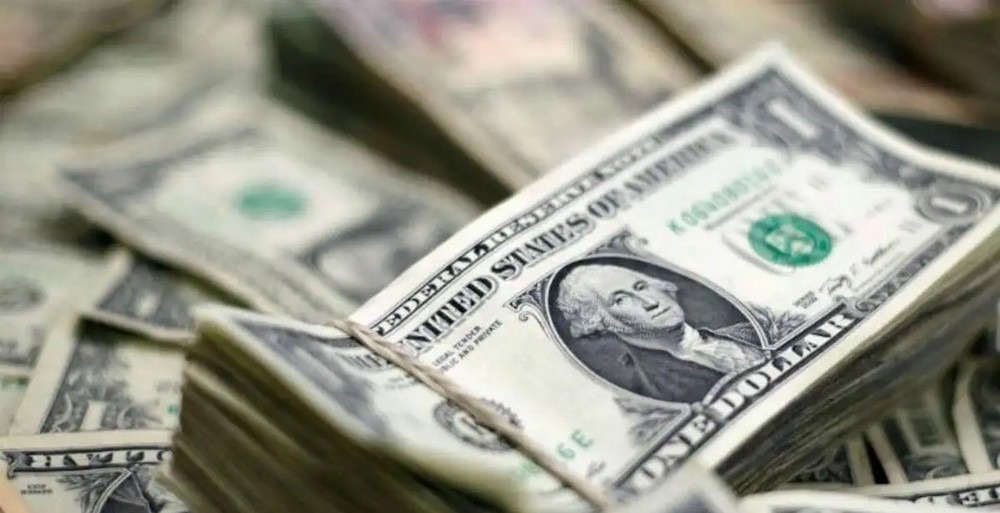
The dollar appreciated against the yen on Wednesday, causing the Japanese currency to decline to a 10-month low. Finance Minister Satsuki Katayama stated that Japan’s new government was vigilantly observing the markets “with a high sense of urgency.” On Wednesday, Japanese government ministers, including Katayama, convened with Bank of Japan Governor Kazuo Ueda. The yen declined following Katayama’s remarks. The currency has been declining due to market anticipations that Prime Minister Sanae Takaichi’s new administration will implement a substantial spending package supported by low interest rates.
“From a short-term perspective, the yen continues to exhibit underperformance. It’s deviating quite significantly from underlying fundamentals,” stated Shaun Osborne. “It’s definitely being monitored by Japanese officials.” It appears we are entering a phase where heightened opposition from the Japanese government poses a significant risk. Meanwhile, the greenback also ticked up against most major peers after the Federal Reserve’s October meeting minutes indicated that several members thought a December interest-rate cut “could be appropriate,” while many viewed it as “likely not appropriate.” Market participants were focused on the minutes and the forthcoming non-farm payrolls for insights regarding the likelihood of an interest-rate reduction in the upcoming month.
“The deck appears stacked against the doves,” stated Matt Weller. The yen declined by 0.92% to 156.975, reaching its lowest level against the dollar since mid-January during the New York afternoon session. The recent inauguration of Takaichi, recognized for her support of expansionary fiscal and monetary policy, has added complexity to the BOJ’s attempts to incrementally raise the currently low interest rates. According to the sources, Japan’s stimulus package may surpass 20 trillion yen ($129 billion), with funding sourced from an additional budget of approximately 17 trillion yen. Weller anticipates further weakness for the yen, stating that the concurrent increase in yields and decline in the currency indicates “global investors are starting to lose confidence in that country’s situation as a whole.”
In Britain, consumer price inflation decreased to 3.6% in October, down from September’s joint 18-month high of 3.8%, according to official figures released on Wednesday, aligning with the expectations of the BoE and economists. The inflation data solidified anticipations that the BoE may lower interest rates in December. Sterling experienced a decline of 0.71% against the dollar, trading at 1.3050. It briefly reached its lowest point since Friday, as British markets faced volatility amid speculation surrounding the much-anticipated budget on November 26, which is poised to be a significant event for sterling this month. A line chart titled ‘How inflation in the UK has moved’ A line chart titled ‘How inflation in the UK has moved’ The dollar index, reflecting the greenback’s strength relative to a selection of six currencies, increased by 0.59% to reach 100.17. The euro experienced a decline of 0.47%, settling at $1.1526. The implied probability of a 25-basis-point cut at the December 10 meeting stands at 33%, a decrease from the 42.4% chance noted just a day prior, as per reports.
